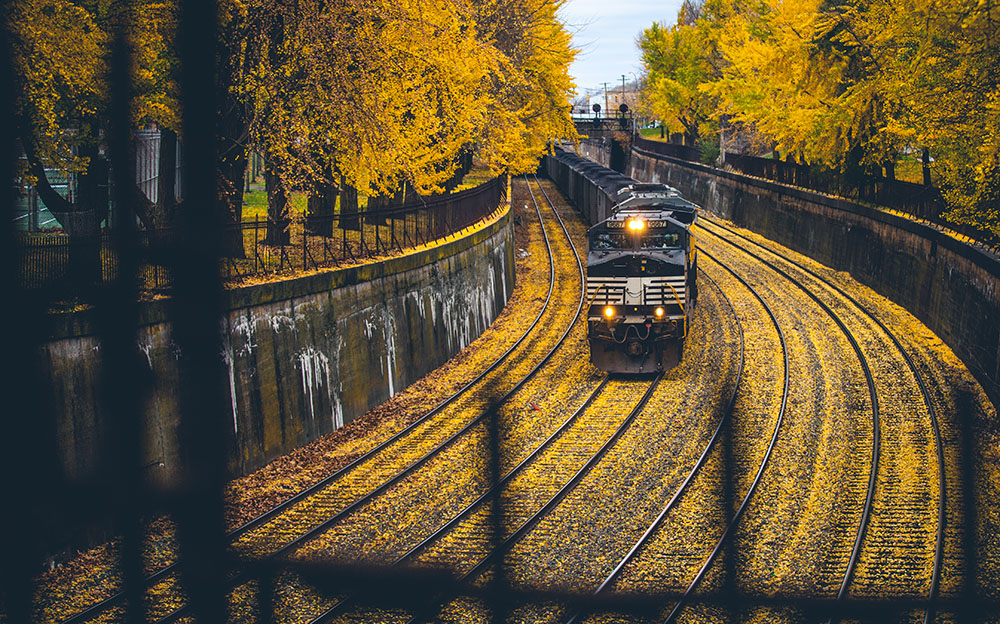Last week we discussed how shipping by rail can drive down transportation spend, address capacity constraints, mitigate risk, and efficiently connect shippers to new markets and customers. This week we dive into a few of the next steps for anyone who is interested in getting started with rail.
Integrating the efficiencies of rail into a supply chain can be a daunting task. Whether someone new to rail chooses to work directly with the railroads or with an end-to-end logistics service provider such as Commtrex, the roadmap for getting started with rail begins with answering the following questions and understanding what options are available based on the answers:
- What do you want to ship?
- What rail equipment will you use?
- Whose rail equipment will you use?
- Are there railroad tracks at the shipment origin and destination facilities?
What do you want to ship?
One of the advantages of shipping by rail is that just about anything from raw materials to finished goods and everything in between can go over tracks. Here are just a few examples of the commodities:
- Dry Bulk: sand, ores, aggregates, grain
- Liquid Bulk: plastics, chemicals, petroleum products, fertilizer, corn syrup
- Building Materials: lumber, logs, wallboard
- Food and Beverages: packaged food, canned goods, frozen food, meat, vegetables
- Metal Products: plates, pipes, beam, coils
- Finished Goods: machinery, autos, wind blades, paper
While railroads recognize commodities by their common name, you will hear them talk about the STCC for the commodity that you want to ship. What they are referring to is the Standard Transportation Commodity Code (STCC). All commodities are classified by a seven-digit code which represents 38 commodity groupings. These were developed to conform with descriptions in freight transportation classifications of rail and motor carriers. The STCC is used on waybills and other shipping documents. Freight rates are established based upon a STCC, among multiple other specifics. Fortunately, most Class I Railroad websites have a tool that will provide you with the STCC upon entering a description of the commodity.
What type of railcar will you use?
The type of railcar needed depends on the commodity being shipped. Railroad equipment is designed for the various bulk commodities it transports. Within each equipment category, there are different car types with specific design features, capacity, and load limits. It’s important to understand what the railcar specifications are since these will determine how much product can be transported and how it can be loaded and unloaded.
The following is a list of car types and commodities typically handled within them.
- Boxcar: forest products, consumer products, canned goods, metal products, palletized products
- Refrigerated Boxcar: perishable products, meat, seafood, fruits, vegetables
- Gondola: scrap metal, steel plates, structural steel, minerals, granite slabs, woodchips
- Covered Hopper: grain, sugar, flour, fertilizer, sand, clay, ores
- Open Top Hopper: aggregates, coal, clay, sand
- Coil Steel Railcar: coiled steel, steel plates
- Flatcar: steel beams, pipe, lumber, wallboard, machinery
- Tank Car: liquid commodities including oil, ethanol, biodiesel, chemicals
(Continued next week ...)

